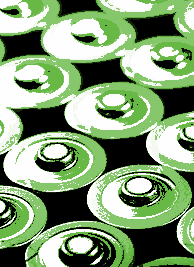CSIRO sees battery billions
 CSIRO is looking at options to build a multi-billion-dollar battery recycling industry in Australia.
CSIRO is looking at options to build a multi-billion-dollar battery recycling industry in Australia.
Australia could have a $3.1 billion industry in lithium-ion battery recycling, according to a new report prepared for the Future Battery Industries Co-operative Research Centre (FBICRC) by CSIRO.
The report identifies 18 opportunities for industry, government, and research institutions to strengthen and grow Australia’s domestic recycling capability and generate new industries and employment opportunities.
“The conundrum we face in Australia is that we don’t currently have the volume of spent Lithium-Ion Batteries (LIBs) to justify significant investment, but we want to keep LIB’s out of landfill to prevent environmental damage and retain those valuable battery materials in our economy,” Jo Staines, Enterprise Fellow at the University of Melbourne, and Program Lead for the FBICRC said.
“The demand for lithium-ion batteries is increasing globally, fuelled by the increasing electrification of transport and the renewable energy generation storage sector,” report lead author Dr Anand Bhatt said.
“This growth is leading to an emerging problem of end-of-life waste management.”
While Australia recycles 98 per cent of lead acid batteries, only 10 per cent of its lithium-ion battery waste is recycled. This waste is growing by 20 per cent a year and could exceed 100,000 tonnes by 2036.
This lost value could translate from a $603 million to $3.1 billion opportunity. If recycled, 95 per cent of materials can be turned into new batteries or used in other high value industries.
The full report is accessible in PDF form, here.








 Print
Print